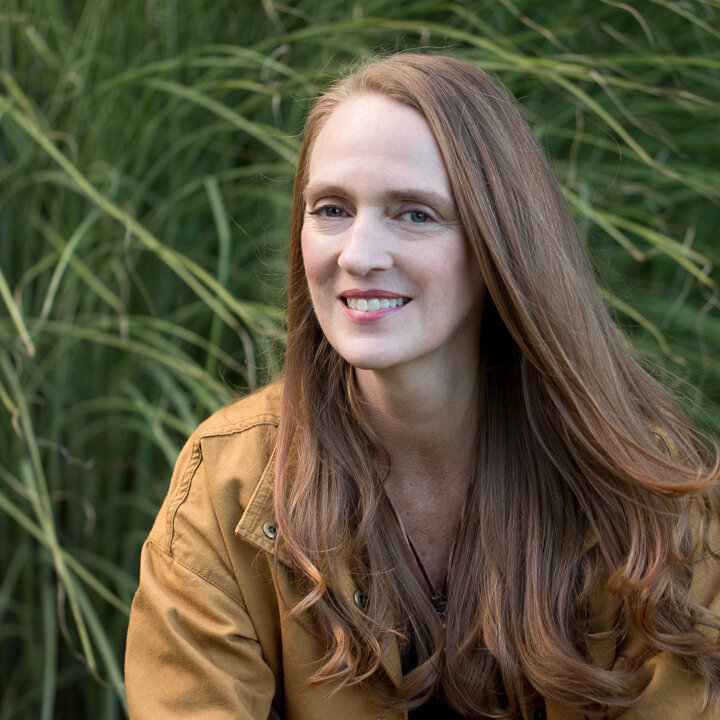Julie Carrick Dalton
Julie Carrick Dalton is the author of Waiting for the Night Song (Jan. 12, 2021, Forge Books, Macmillan) and The Last Beekeeper (coming in 2022.) She is a Tin House alum, 2021 Bread Loaf Environmental Writers Conference fellow, and graduate of GrubStreet's Novel Incubator. She is a member of the Climate Fiction Writers League and is a frequent speaker at universities, bookstores, and writers conferences on the topic of Fiction in the Age of Climate Crisis. Julie also owns a small farm in rural New Hampshire.
Twitter: @juliecardalt
Instagram: @juliecdalton
Favorite non-reading activity?
I spend a lot of time kayaking in the summer. I’ve done some whitewater and ocean kayaking, but I definitely prefer the serenity of paddling on lakes and exploring small islands and coves. I’m not in it for the adrenaline. My favorite time to go out on the lake is in the morning when the mist is still rising off the surface of the water. It’s the setting that inspired my debut novel Waiting for the Night Song.
What brings you great joy?
I love growing food! I own a small farm in rural New Hampshire. I built the farm from scratch about eight years ago. I didn’t know a thing about agriculture when I started. I’m learning the hard way. And truth be told, I’m not very good at it. But I’m trying. I spend a lot of time alone at my farm. I listen to audiobooks and NPR on speaker to keep me company. I’m pretty sure I have the most well-informed, best-read vegetables around. I get tremendous satisfaction from coming home with bushels of peaches, potatoes, corn, and all sorts of veggies – and cooking them straight away for dinner.
Do you have another artistic outlet in addition to your writing?
I enjoy sewing simple projects such as making gift bags out of repurposed fabric to use in place of wrapping paper. I have a variety of fabrics, textures, and colors, mostly remnants, old curtains, table cloths, and leftover bits from other people’s sewing scraps. It saves trees by not using paper and they can be reused over and over. And they are beautiful. During the pandemic, I switched gears and started making fabric face masks. So far I’ve made more than three hundred masks, most of which I donated. I also love making paper out of my novel manuscripts. I put edited chapters in a blender with water and some flowers or herbs, press the pulp through screens, and dry them. It makes gorgeous, one-of-kind stationery.
Vacation druthers? City or Rural destinations and why?
I enjoy exploring cities, but I very much prefer small, off-the-beaten-path towns. One of my favorite vacations was spent driving through tiny towns in the Rioja region in Spain. I loved meandering through family-owned vineyards and biking through Medieval villages. Another favorite trip involved staying in a converted monastery in the Andes mountains in Ecuador.
If you could create a museum exhibition, what would be the theme?
I know this sounds odd, but I’m really intrigued by the damage insects cause to trees, and how trees defend themselves. The floor in my bedroom is made from boards cut from infested maple trees. The wood is marred by the paths of insects and by discoloration caused by a toxin the tree injects to attack the invaders. The wood is streaked in irregular patterns, and it's gorgeous. I recently discovered an artist who makes books out of thin slices of wood from trees that were killed by mountain pine bark beetles. The bark beetle devastates forests, often resulting in forest fires, but the lacy lines they burrow into the wood are stunning and delicate. This particular beetle plays a starring role in my novel. I’d love to curate an exhibit based entirely on beautiful, natural patterns created by insects.
